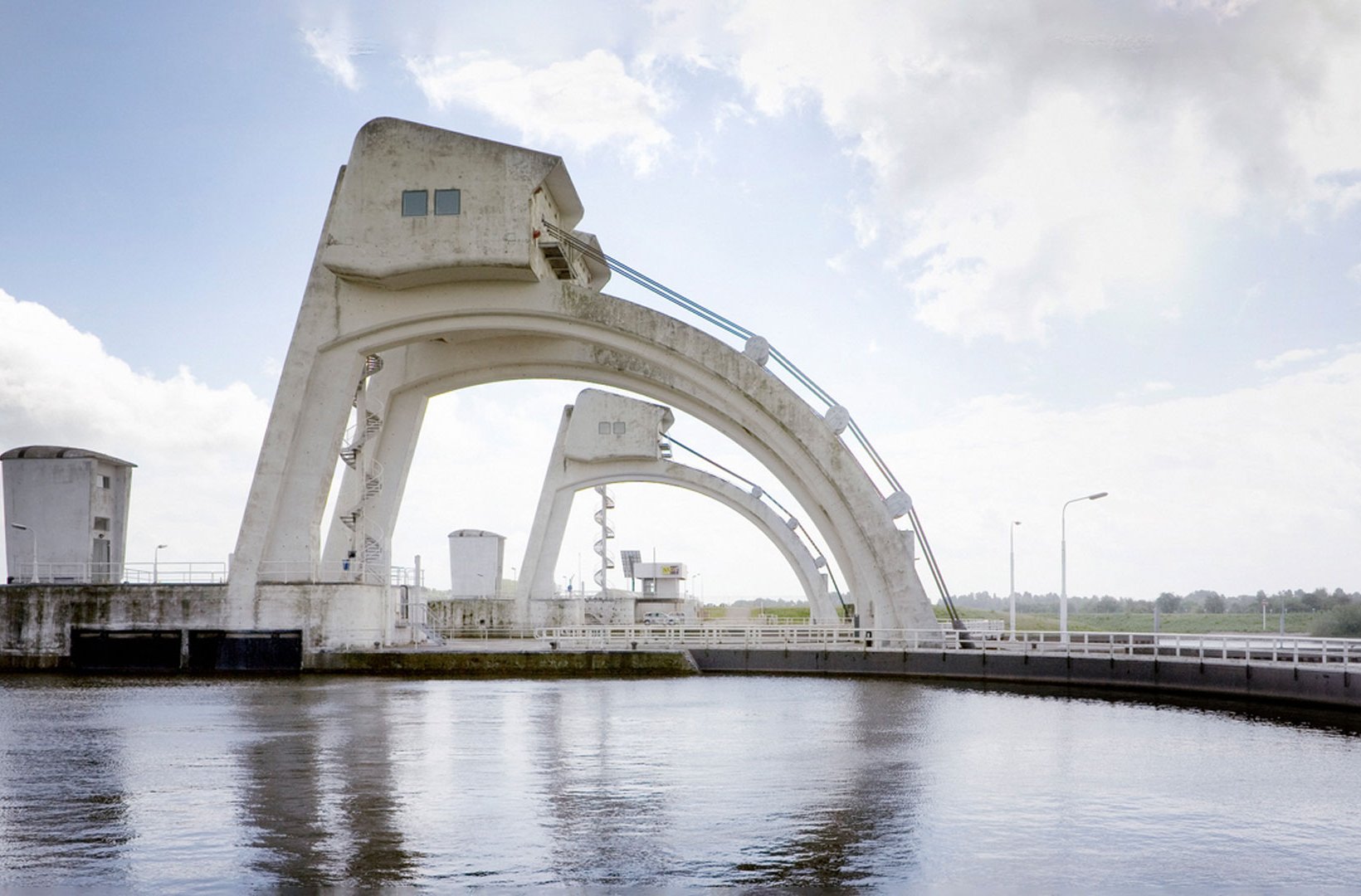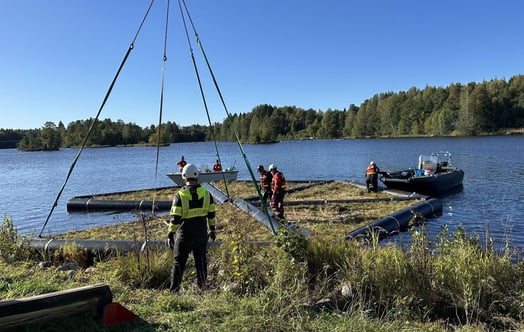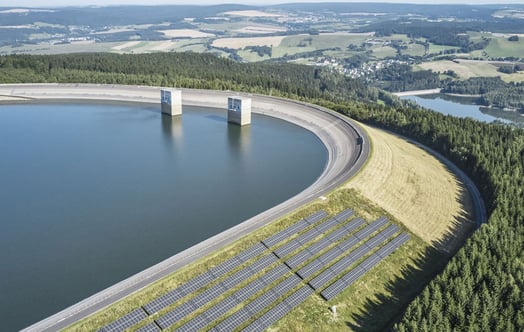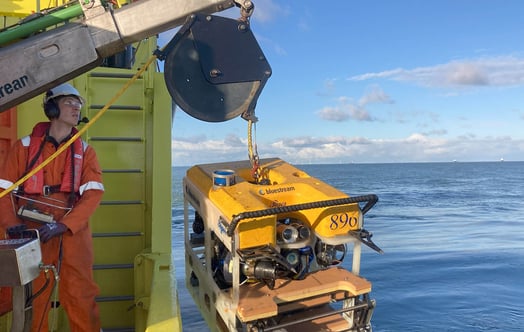
Vattenfall helps eels migrate safely
Vattenfall is using a unique method to ensure eels can safely pass through hydro power plants in the Netherlands. The method is based on the behaviour of the eels shortly before they start to migrate en masse and keeps the adverse environmental impact of this renewable form of generation as low as possible.
Unlike Sweden, hydro power as an energy source is used only to a limited extent on the flat terrain of the Netherlands. Nevertheless, Vattenfall has two hydro power plants in the Netherlands: one at Maurik on the Lower Rhine and one at Alphen on the Meuse. These power plants make use of the difference in height caused by a weir. This height difference provides enough force to drive the turbines at the two power plants and generate fully renewable electricity.
"The output is determined by two things: q times h", says Wim van Lent, somewhat cryptically. Wim is the technical manager of our hydro power plants in the Netherlands.
"Q is the quantity of water, and h is the height difference. Together, these two power plants produce enough electricity to cover around 23,000 households per year."
Video player requires marketing cookies.
To view this content please click here to allow marketing cookies.
Eel migration
Unfortunately, hydro power also has a downside: not all creatures in the river can get past the plant safely. Fish that swim upstream, such as adult salmon, use the specially constructed fish ladders. Adult eels, on the other hand, want to go in the other direction – downstream – to make the long journey to the Azores and mate further on in the Sargasso Sea. As they do not eat anything during the journey, these eels – known as silver eels – have a hefty layer of fat, and can be as thick as the wrist of an adult male.
"Silver eels migrate in groups. Among other things, they respond to the amount of pheromones in the water," says Henk Vis, Manager Decentral Operations at Vattenfall.
"As you can imagine, they will be put at risk when crossing the turbines and can be injured. So the question was, how can we predict the time of migration as accurately as possible to prevent injury to the eels?”
A timely signal
The solution appears to have been found in the Migromat, a kind of aquarium enclosure with a direct connection to the river water. The eels in the Migromat are implanted with animal-friendly chips and fitted with transponders.
"This enables them to signal to our operator, so we know that the migration is coming. After checking with the Ministry of Infrastructure and Water Management, we open the dam and temporarily shut down the turbines. This allows the eels to pass through easily", says Henk.
How well does it work?
“The results look very positive. This method is able to significantly reduce eel injuries. We are currently conducting an extensive measurement campaign to determine the exact reduction."



